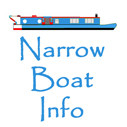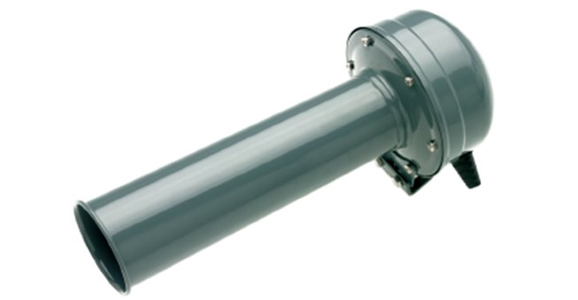The horn on a narrow boat needs to be a good loud one, and many these days originate from the automotive industry. The use of the horn on a narrowboat may be the only way that a skipper can alert other boaters and it is important that they work – and whilst this does not form part of your Boat Safety examination, you may find that one is needed to comply with the local Navigating Authority By Law. Horn signals become even more important when navigating around blind bends or bridge holes, on a crowded waterway, as they enable you to inform other boats of your intentions, always assuming they know what the signals mean!
As a general guide;-
One short blast means: ‘I am turning to starboard (right)’;
Two short blasts means: ‘I am turning to port (left)’;
Three short blasts means: ‘I am stopping or going into reverse’;
Four short and then one short means: ‘I am turning right round to starboard (right)’;
Four short and then two short means: ‘I am turning right round to port (left)’;
One long blast and two short blasts means: ‘I cannot manoeuvre’
One long continuous blast of ten seconds means ‘I am here’; and is very useful when approaching
blind corners and in dense fog.
It is important to know these signals to avoid colliding with other boats.


